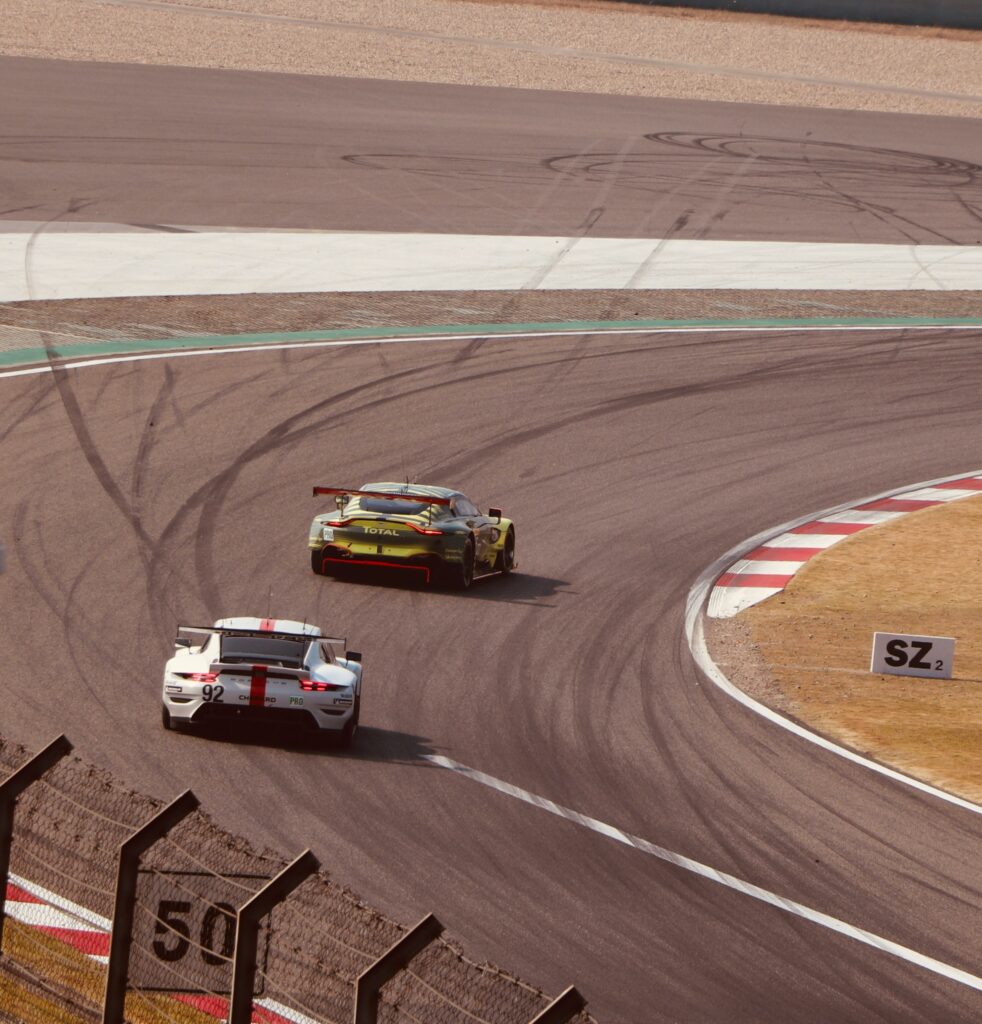Some people actively seek out challenges, push through setbacks, and get better over time. Others resist feedback, avoid situations that expose their weaknesses, and stick to what they already know. These differences don’t come down to talent alone—they’re shaped by mindset. Psychologist Carol Dweck developed the concept of growth vs. fixed mindset, explaining why some individuals and organizations thrive under pressure while others stall out.
But mindset isn’t just a personal trait—it’s a cultural force that shapes how companies approach learning, innovation, and change. A fixed mindset keeps organizations stuck in outdated processes, while a growth mindset creates the conditions for long-term adaptability and success.
What Is Growth vs. Fixed Mindset?
A fixed mindset assumes that abilities, intelligence, and talents are static—you either have them or you don’t. People with this mindset avoid situations where they might struggle because failure feels like proof of inadequacy.
A growth mindset sees ability as something that can be developed over time through effort, feedback, and learning. Failure isn’t a signal to stop—it’s an opportunity to adjust, improve, and refine skills.
How this plays out in real life:
- Fixed mindset: “I’m just not a numbers person.”
- Growth mindset: “I can get better at financial analysis if I put in the work and practice the right skills.”
- Fixed mindset: “Our industry doesn’t support innovation.”
- Growth mindset: “How can we evolve within our industry constraints and find a better way?”
- Fixed mindset: “This is how we’ve always done it.”
- Growth mindset: “What are the assumptions behind our current approach, and do they still hold up?”
Research supports these distinctions. A meta-analysis of growth mindset studies found that people with a growth mindset show greater resilience in the face of setbacks, higher achievement over time, and more motivation to improve performance (Burnette et al., 2013).
But mindset isn’t just about individuals—it shows up in how teams, leadership, and entire companies operate.
How Leaders and Organizations Get This Wrong
Even leaders who think they encourage a growth mindset often unknowingly reinforce a fixed mindset culture by:
- Rewarding outcomes over learning. If only success gets recognized, employees will play it safe and avoid risk. Real growth requires effort, strategy, and adjustment—not just results.
- Punishing failure. If people fear consequences for experimenting or questioning the status quo, innovation dies. A true growth culture normalizes setbacks as part of the process.
- Hoarding expertise. Leaders who position themselves as the sole authority discourage others from developing their own skills. Growth-oriented organizations invest in continuous learning at every level.
- Focusing too much on natural talent. Constantly praising employees for being “naturally gifted” sends the message that ability is innate rather than something that can be developed.
- Talking about growth mindset without changing the system. A company might claim it values learning, but if performance reviews punish mistakes and reward short-term wins, employees will stick to safe bets.
Growth vs. Fixed Mindset in Organizational Change
A fixed mindset organization resists transformation by saying:
- “This is just the way things are done here.”
- “We’ve tried this before, and it didn’t work.”
- “People won’t buy into this.”
A growth mindset organization embraces change by asking:
- “What can we learn from past failures?”
- “What skills do we need to develop to make this work?”
- “How do we create a culture where adaptability is the norm?”
Studies show that organizations with a growth mindset culture have higher levels of employee engagement, innovation, and long-term business success (Caniëls et al., 2018).
Change efforts fail not because of bad strategy, but because people don’t believe they can adapt—or worse, they think failure means they shouldn’t have tried in the first place.
How to Build a Growth Mindset Culture
- Redefine failure. Mistakes shouldn’t be career-ending. Highlight lessons learned from failed initiatives and reinforce that setbacks are part of innovation.
- Recognize effort, learning, and strategy—not just outcomes. Celebrate persistence, creative problem-solving, and the ability to adapt.
- Model a learning mindset. Leaders should seek feedback, admit what they don’t know, and demonstrate continuous growth themselves. Employees follow what leaders do—not what they say.
- Create systems that support risk-taking. If employees are punished for experimenting, no amount of growth mindset talk will change behaviors. Structures need to reward learning, not just execution.
- Challenge “this is how we’ve always done it.” Encourage employees to ask, “What’s a better way?” and reward innovative thinking—even if not every idea succeeds.
Final Thought
Mindset isn’t just an individual trait—it determines whether people, teams, and companies evolve or get left behind.
But growth mindset isn’t just about working harder; it’s about learning, adapting, and thinking differently.
If growth is the goal, then the real question isn’t, “Are we talented enough?” It’s, “Are we willing to learn, adapt, and push forward?”













